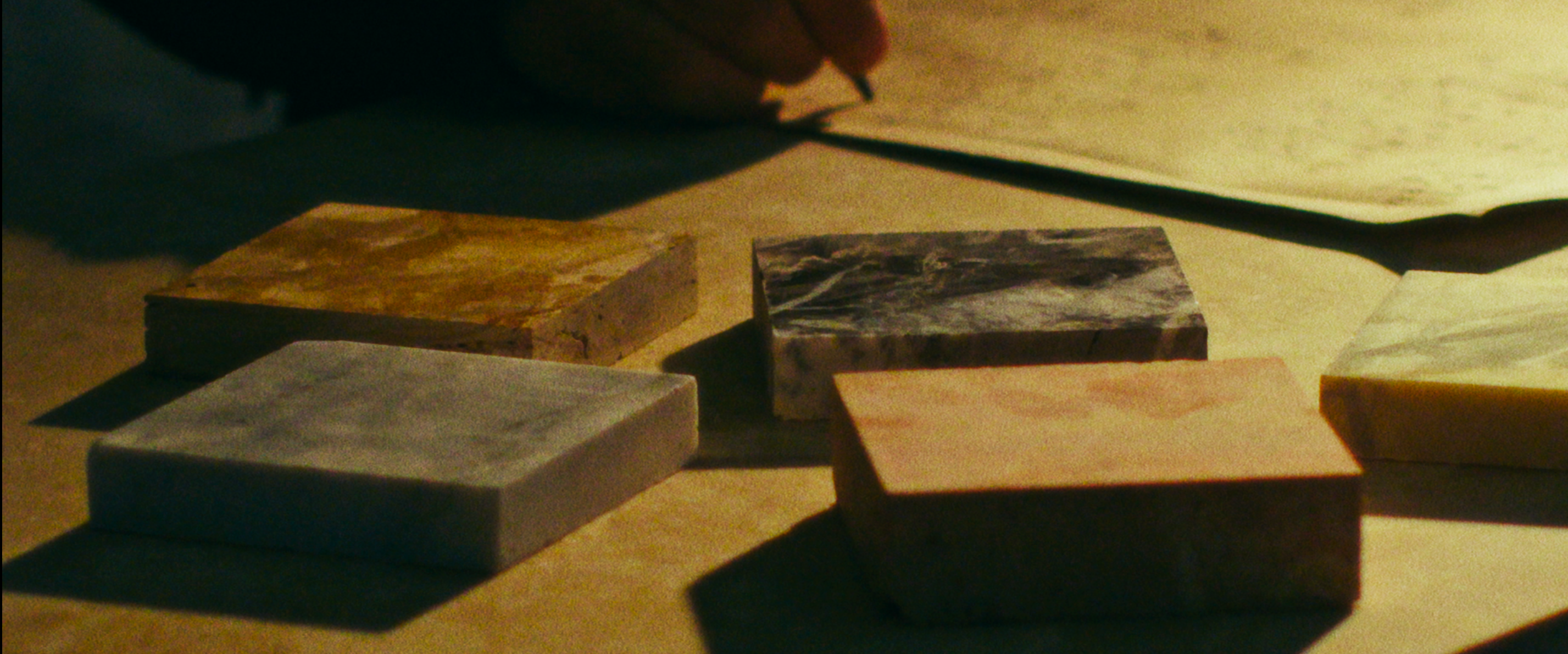A MADE-IN-CANADA COLLABORATION IN WOOD AND STONE
As local craftsmen with a shared passion for working with natural materials, we connected instantly. Our dedication to authenticity and timeless design made it clear that something special was waiting to be explored.

We would like to take you along on a very exciting journey—one full of curiosity and discovery. A similar feeling we felt when we first crossed paths with MÁRMARA at the Vancouver Interior Design Show.
"Working with MÁRMARA has felt like a natural fit from the beginning."



With our expertise in wood and their expertise in stone, we both share a commitment to using genuine natural materials rather than opting for man-made alternatives. There’s something very powerful about working with materials that have come from the earth; a philosophy we both embrace in our work.


From the beginning, we’ve been eager not only to explore the possibilities but also to push the boundaries of what can be done with wood and stone. The potential here isn’t just about making something that looks good—it’s about letting each material speak for itself while coming together in a way that feels fresh and unexpected.
Right now, we’re in the exploration phase—sketching, refining, and considering how we can bring this vision to life. We’re excited to see this collaboration take shape and can’t wait to share more as we continue to build on these ideas. Our next newsletter will offer a deeper look at some of the concepts and sketches we’ve been working on, giving you a insight into the future of this collaboration.
We invite you to follow along on this journey, so be sure to sign up for Humble Object's weekly newsletter—you won’t want to miss out!

